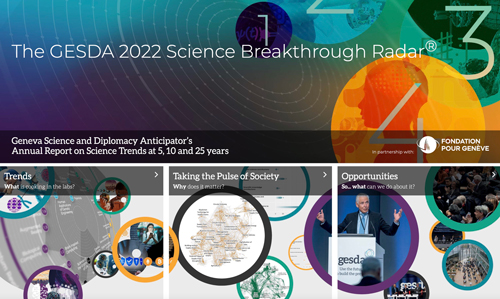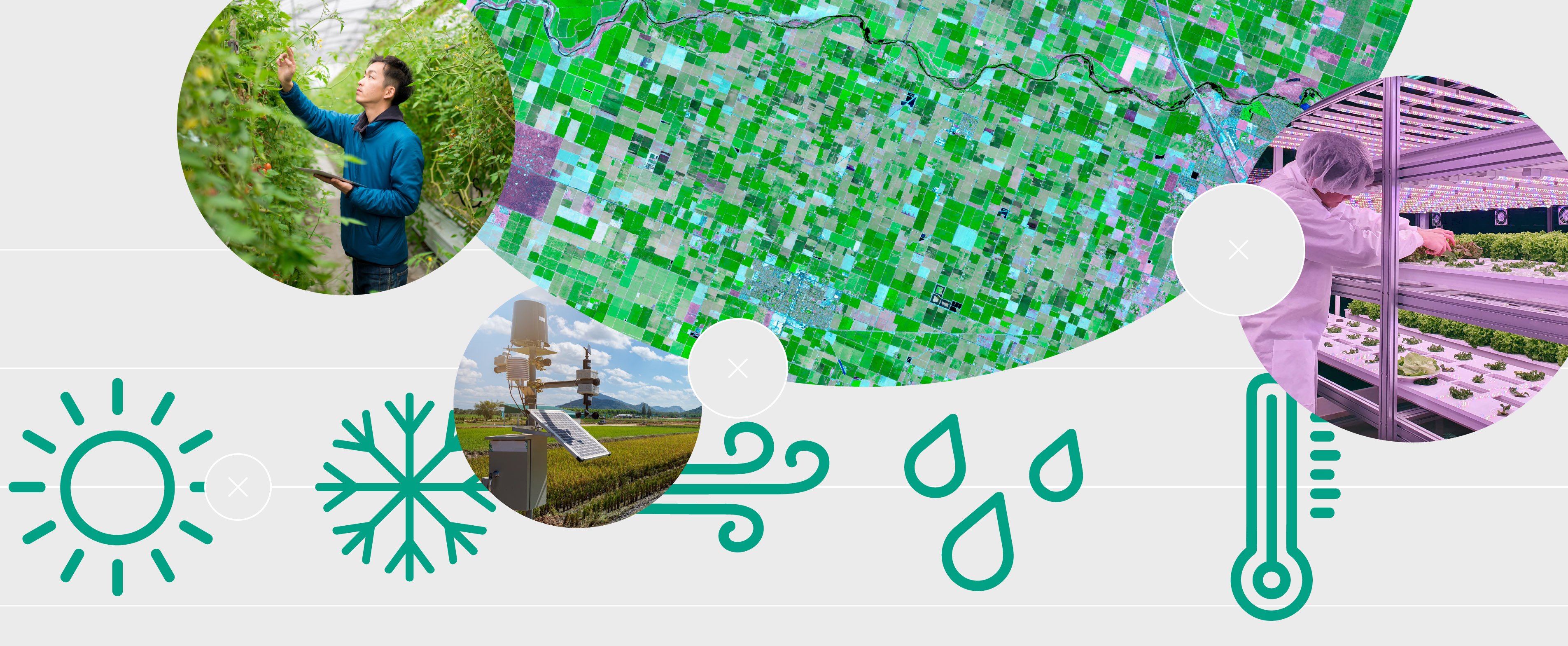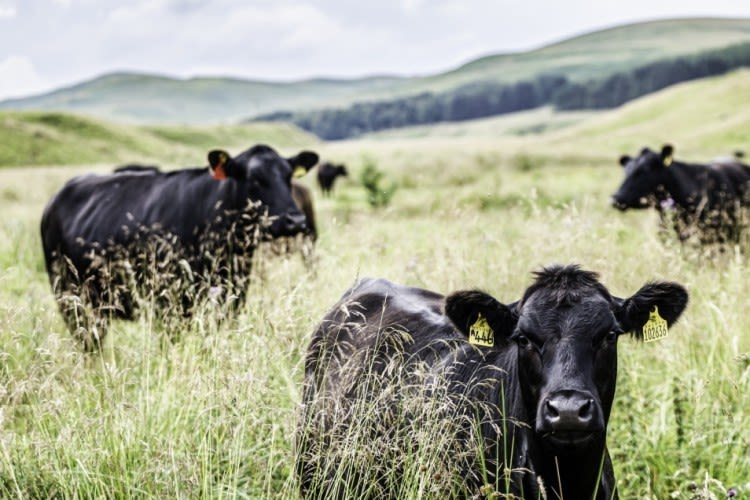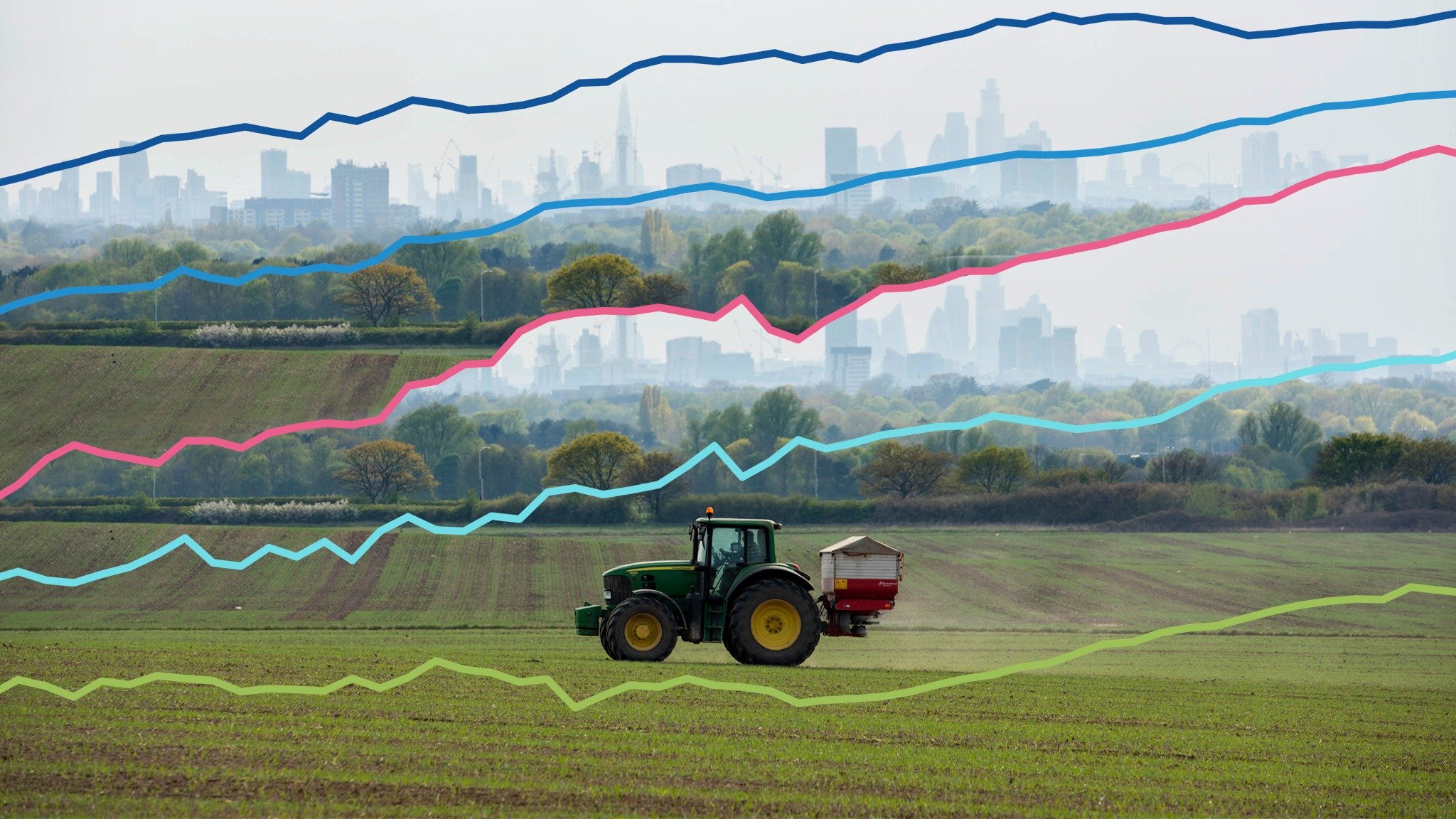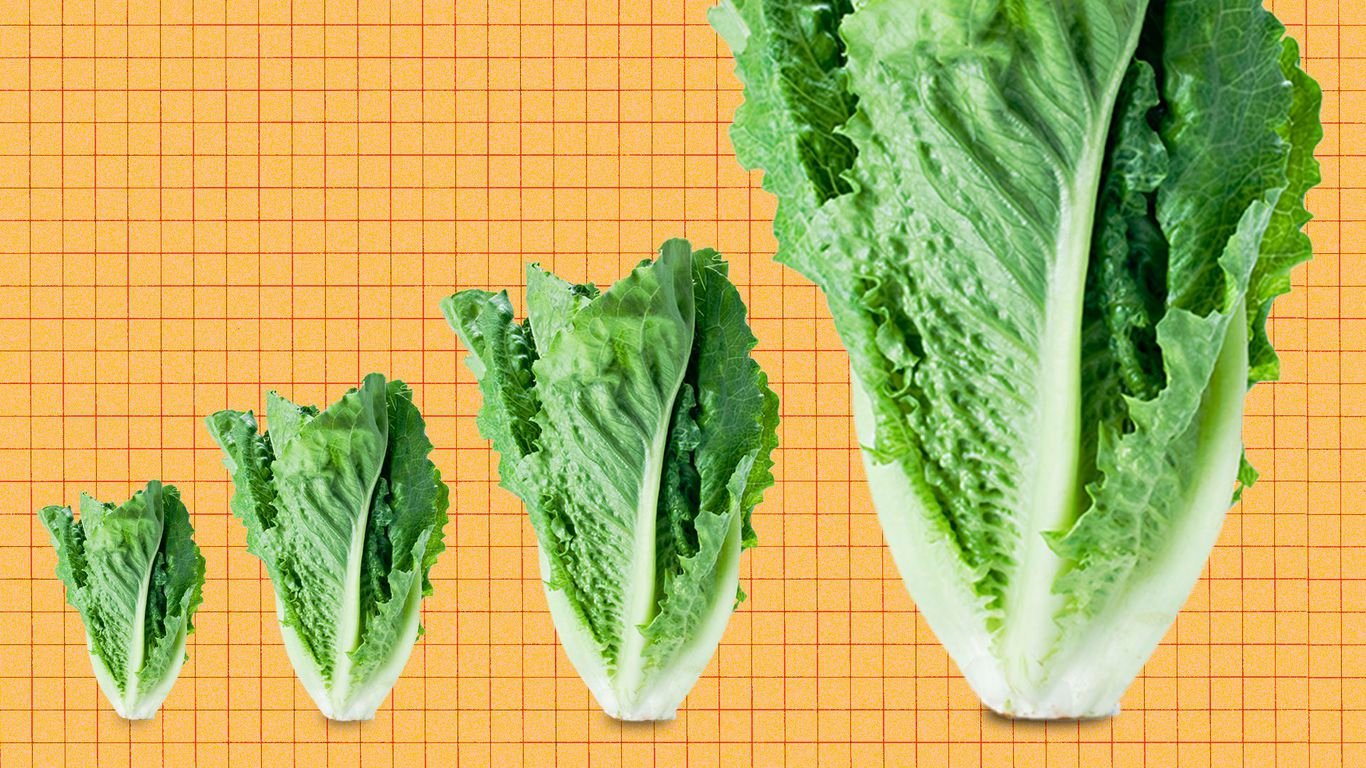Advances in genetics are creating crops increasingly able to meet our needs. They can tolerate the higher temperatures and lower water availability associated with climate change, resist diseases and pests, increase the efficiency of their nitrate use, and reduce their need for fertilisers. Genetic tweaks also reduce their intolerance of shade, allowing crops to be planted at greater densities. With a global population set to hit 10 billion by 2050, such advances will be essential, especially since that 10 billion people need to be fed from 0.5 billion hectares of land. This requires an increase in food production per hectare of almost 60 per cent in less than 30 years. Compounding the problem, around 66 per cent of the global population will live in an urban environment, which brings its own challenges on supply chain management and loss of produce on the path from harvest to consumer. Currently this can be as high as 40 per cent in developing countries.
On the positive side, the widening use of sensor technology, drones and data gathering in farming, combined with advanced automation and machine learning, is enabling farmers to operate more independently, cutting wage bills, fertiliser costs and time spent checking fields and livestock.12,13 These technologies are saving farmers money, helping them to widen the slim profit margins that threaten the survival of many small-scale agricultural businesses.
With increasing migration into cities, indoor vertical farming in urban areas will provide opportunities to repurpose obsolete infrastructure to create high-density production facilities close to where the food is needed, reducing transit costs, packaging requirements and spoilage.
